5 Tips for an Organized Child’s Room
This post may contain affiliate links provided for your convenience. We earn commissions if you shop through the links on this page. I am also an Amazon Associate and earn from qualifying purchases Read my full disclosure policy.
An organized room makes space for peace, for serenity, for creativity and for the things you really want to do. This applies to every room, including a child’s room. These tips for an organized child’s room benefit your child and you, too. They’re also tips that your child will find invaluable as an adult.
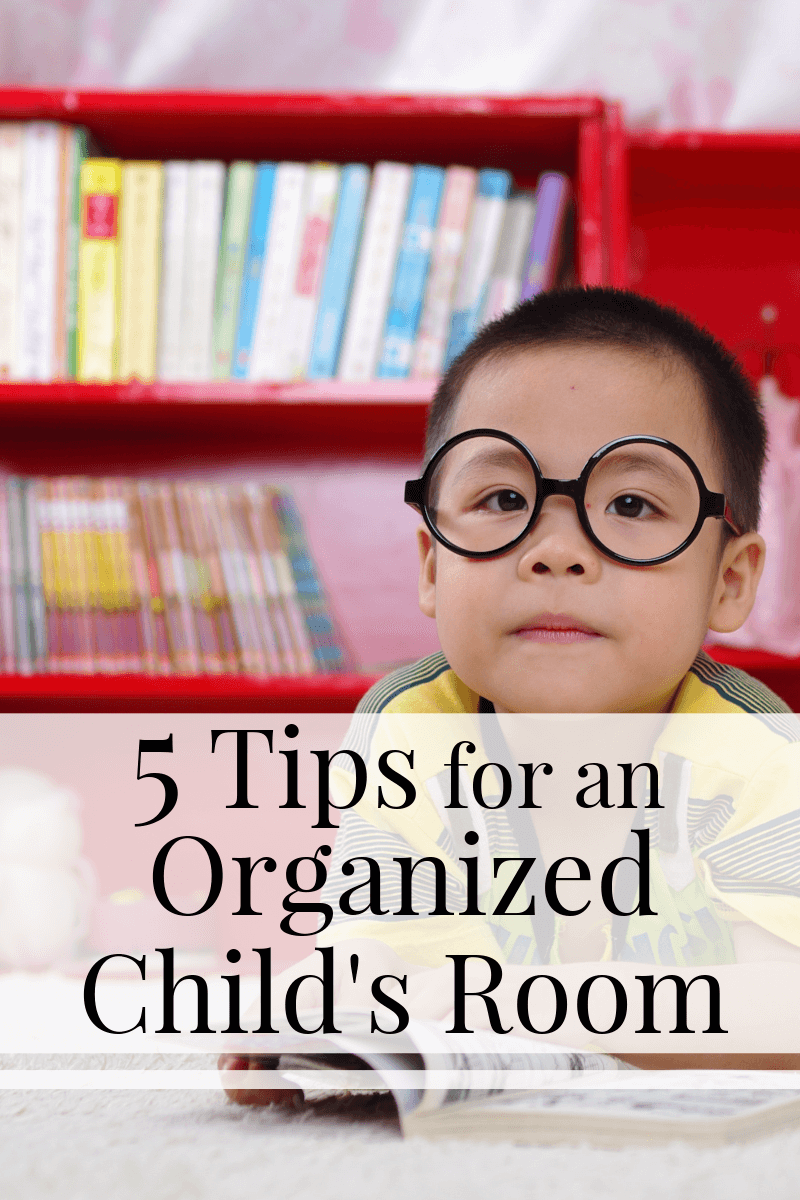
5 Tips for an Organized Child’s Room
A child’s messy room might seem harmless, but did you know that it can take a toll on the physical and mental health of both you and your child? Piles of dirty laundry, trash strewn about, and unclean bed sheets can spread bacteria and cause the accumulation of dust and dust mites which can cause respiratory issues. Toys, clothes, or other personal belongings on the floor create a fall risk. Disorganization and messes can even lead to stress and depression, and also act as a source of frustration for parents and children as the battle to clean commences.
A clean room has many benefits. As you’re no longer searching high and low for misplaced items, a clean room saves time. It also saves money, as you no longer have to purchase things that you can’t locate. There is no longer a sense of stress and embarrassment when company arrives unexpectedly. More importantly, it’s more sanitary, meaning that you and your child might even experience less bouts of illness.
Knowing effective ways to keep your child’s room tidy (with their help, of course) will save time, reduce stress, and help your child prepare for his or her future as a functioning adult. These tips for an organized room will be useful for their entire life.
Encourage Your Children to Clean
Encouraging a child early on to keep their room clean instills a sense of responsibility and demonstrates clear expectations. While it’s best to start a daily cleaning routine while your children are young, it’s never too late to start.
Age-appropriate chores:
Toddlers
- Put toys away
- Dust furniture
- Put laundry in the hamper
Young Children
- Remove bed sheets and put sheets in the wash
- Make the bed
- Organize toys
- Clean baseboards
Teens
- Vacum
- Mop
- Dust corners of ceiling
- Wash laundry/fold and put away
- Kitchen duties
Outline Consequences for Your Child
Explain to your child why it’s important to keep a room neat and clean. Then explain that if he or she refuses to clean their room or keep it presentable, then he or she will pay the price—the price being a loss of privileges, whether it be video games, time spent with friends, their phone, etc.
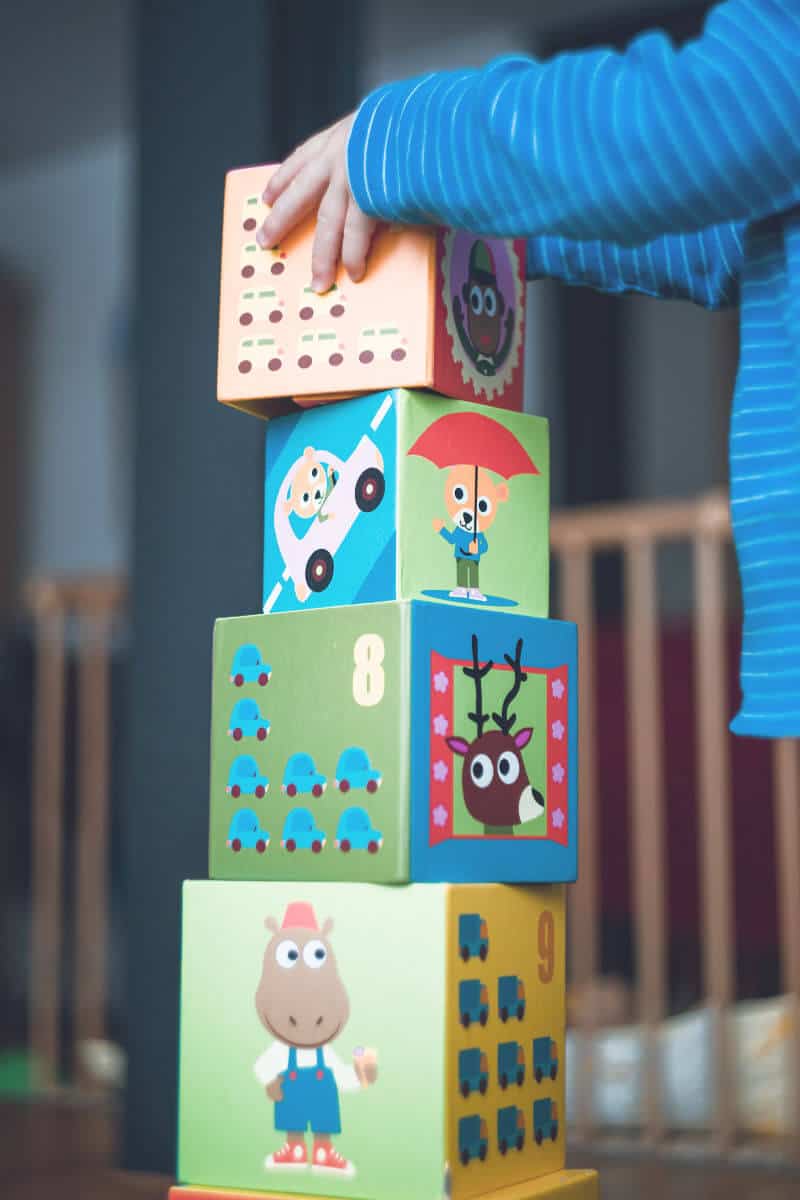
Photo by Markus Spiske on Unsplash
Enforcing boundaries will teach your child to take care of the responsibilities.
Teach Your Child to Prioritize
Cleaning a room, especially one that is excessively messy and unorganized, can be overwhelming. Your child will most likely need guidance in knowing where to start.
Once the room is clean and organized take photographs and design a checklist. The photographs will help your child know what the room should look like to be considered well organized. The checklist will make keeping the room clean easier. For younger children, use images on the checklist.
Employ a “first things first” rule, such as making the bed first thing in the morning and picking up any toys or other items that are in the floor. This will keep the room generally neat. Other tasks, such as vacuuming, dusting, or wiping down furniture will need to be done less often, and this can be indicated on the checklist.
Writing out a list and having it prominently displayed will help your child complete tasks in an order that is more efficient and effective. It teaches them to manage time and to break jobs down into smaller, more manageable tasks—something that will be highly beneficial in both school and future careers.
Choose Weekly Outfits
Digging through dressers or tearing through closets is a surefire way to turn a room upside down. Choosing clothes and laying them out for the week will eliminate the need to rifle through drawers and pull clothes off of their hangers.
For younger children, you can set up a set of 7 small, stackable storage containers to hold their clothes for each day of the week.
Invest in Storage Options
It’s incredibly difficult to keep a room clean if every item doesn’t have a designated place. A dresser that’s too small to hold your child’s clothing will lead to t-shirts and pants piled in the floor. Bookshelves without enough room for a child’s book collection will lead to reading material being stacked on top of a dresser or nightstand. If you find that your child’s room lacks adequate space for their belongings, then it’s time to declutter or invest in additional storage options.
For younger children, storage areas should be easily accessible. Underbed storage or storage bins on shelves work well. Transparent containers are great for toddlers and young children since the child can easily see what’s inside and to know where specific toys belong.
Chests, storage benches, or storage ottomans might be a better fit for older children, as they add extra functionality and seating.
If you move frequently, be sure to consider storage options that are flexible so that they can work in many different situations and sturdy enough to handle moving and storage.
Helping your child understand what is expected of them and teaching them to organize their rooms will lead to a better sense of respect and responsibility. These tips for an organized child’s room will teach your child an important life skill and will reduce both mess and stress for both your child and you.
For more ideas on organizing your kids’ things, see the table below. You can scroll though the table and look for ideas or search for specific ideas with the magnifying glass in the upper right-hand corner (on desktop). Click on the topic and then click through the specific article.
Author Bio
Brent Frayser is a media relations representative for SMARTBOX, who is a graduate of the University of Mississippi with a Bachelor’s Degree of Business Administration (Major in Marketing, Minor in Management). He was born and raised in the south, is very outgoing, with a strong sense of determination. In his spare time, he enjoys: reading, writing, coaching baseball and football, and spending time with family and friends.

I’m a mom of 3, a veteran, military spouse. I’ve moved into 20+ homes all around the world. My passion is helping busy people make the space and time for what’s really important to them. Learn more about Organized 31 and me.

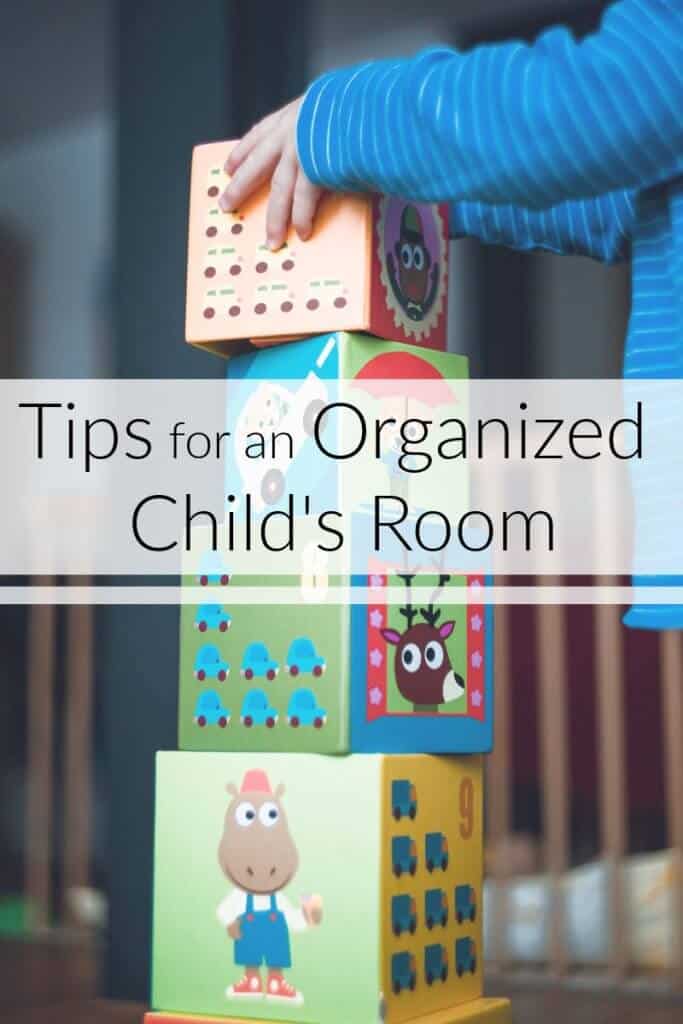
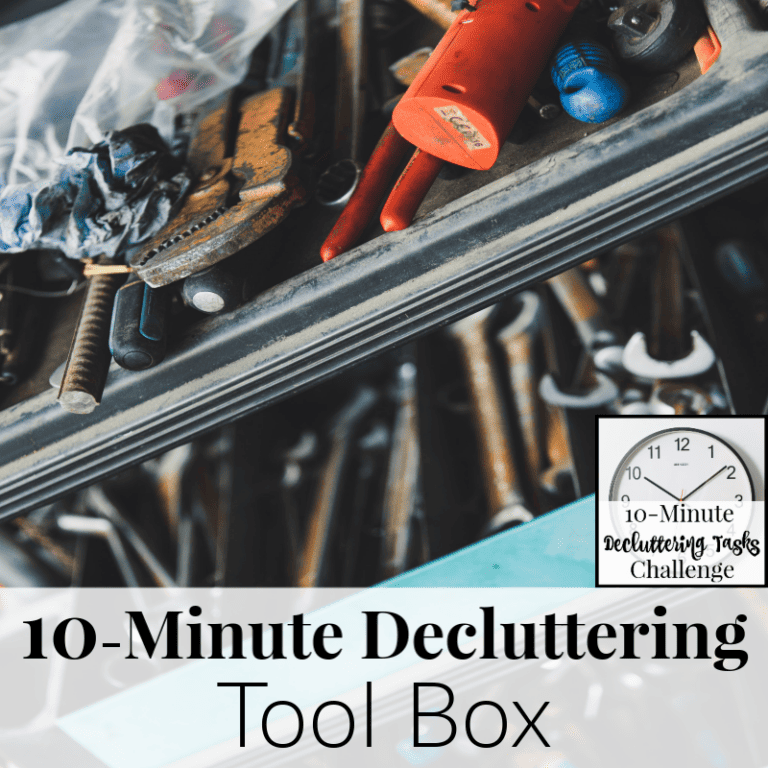
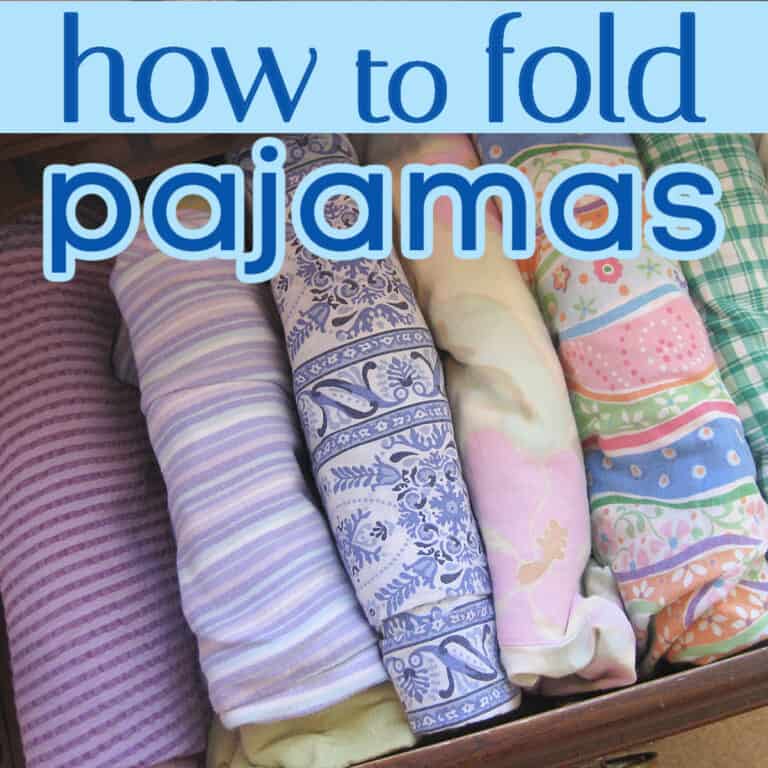
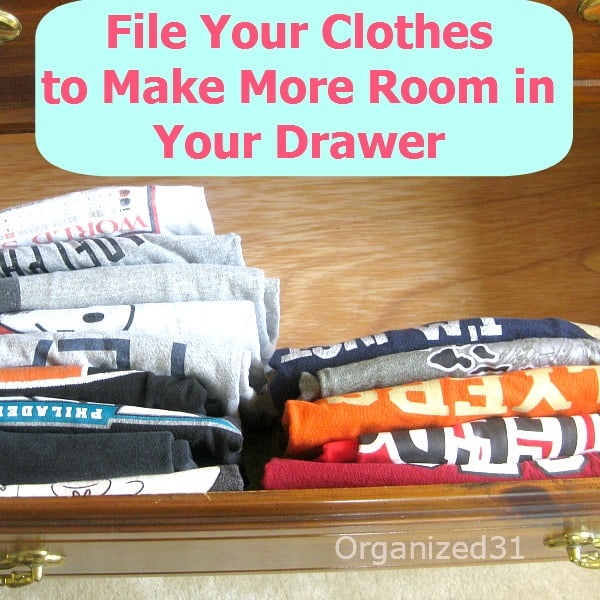
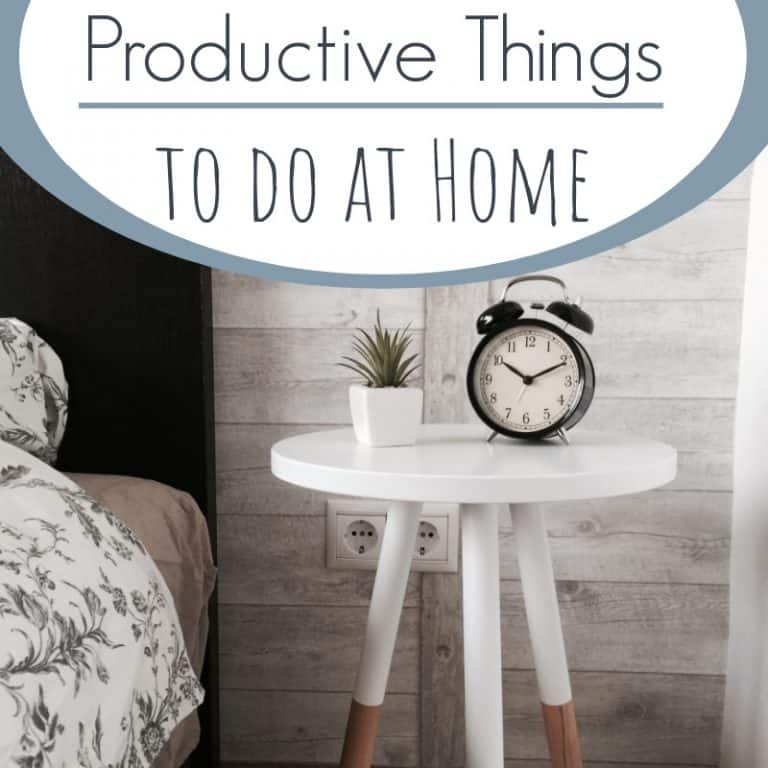
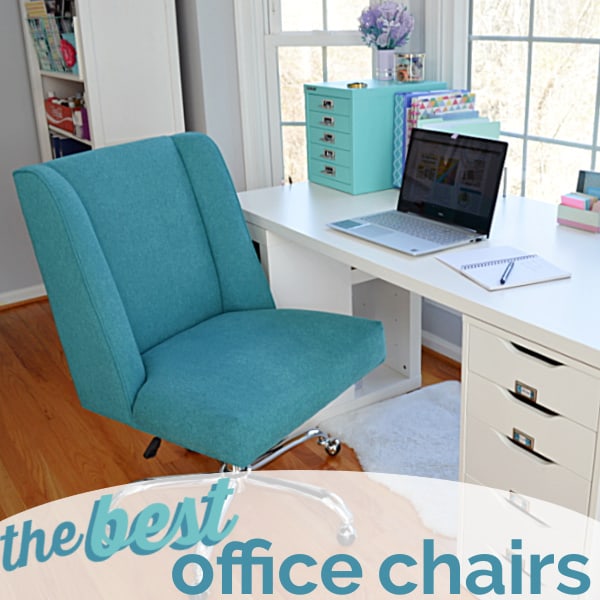
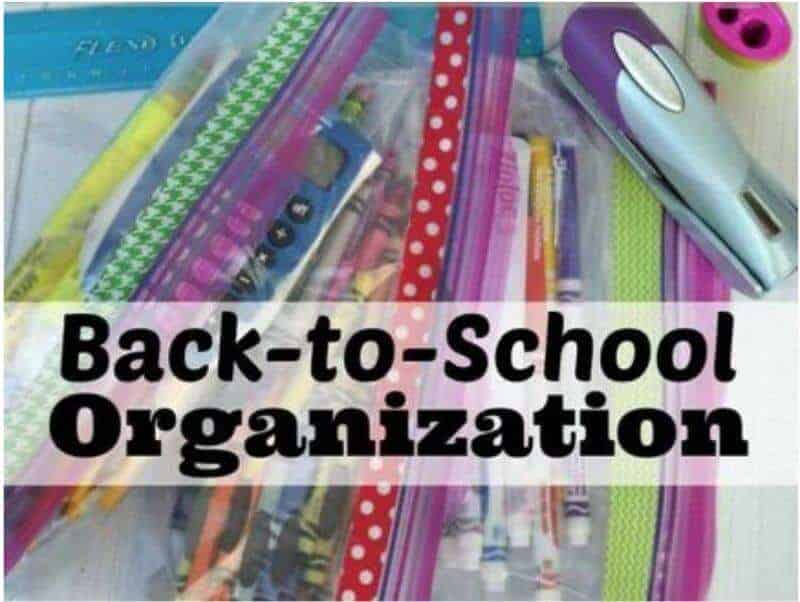
I like the “first things first” list. I think children and adults alike can become overwhelmed by a mess, so it helps to have some idea of where to start. Making this an “automatic” chore each day is a great idea.
I like the idea of taking pictures to help your child remember what it looked like clean and where everything goes. My son and I clean his room over the summer. Yesterday, we took all of the toys out of the closet to vacuum and sort through. I thought I kept them in order, but when we went to put them back, we had to stop and think how they went. A picture would’ve been helpful.
I miss doing the room declutter and cleaning with my children (they’re “too old” now). We used to have such wonderful conversations and walks down memory lane as we came across toys or other items. I envy you, Brenda 🙂
Your tips for keeping a child’s room clean is hard to enforce when the parent’s bedroom is a disaster as well as every area of the house
I hear you, Bonnie.